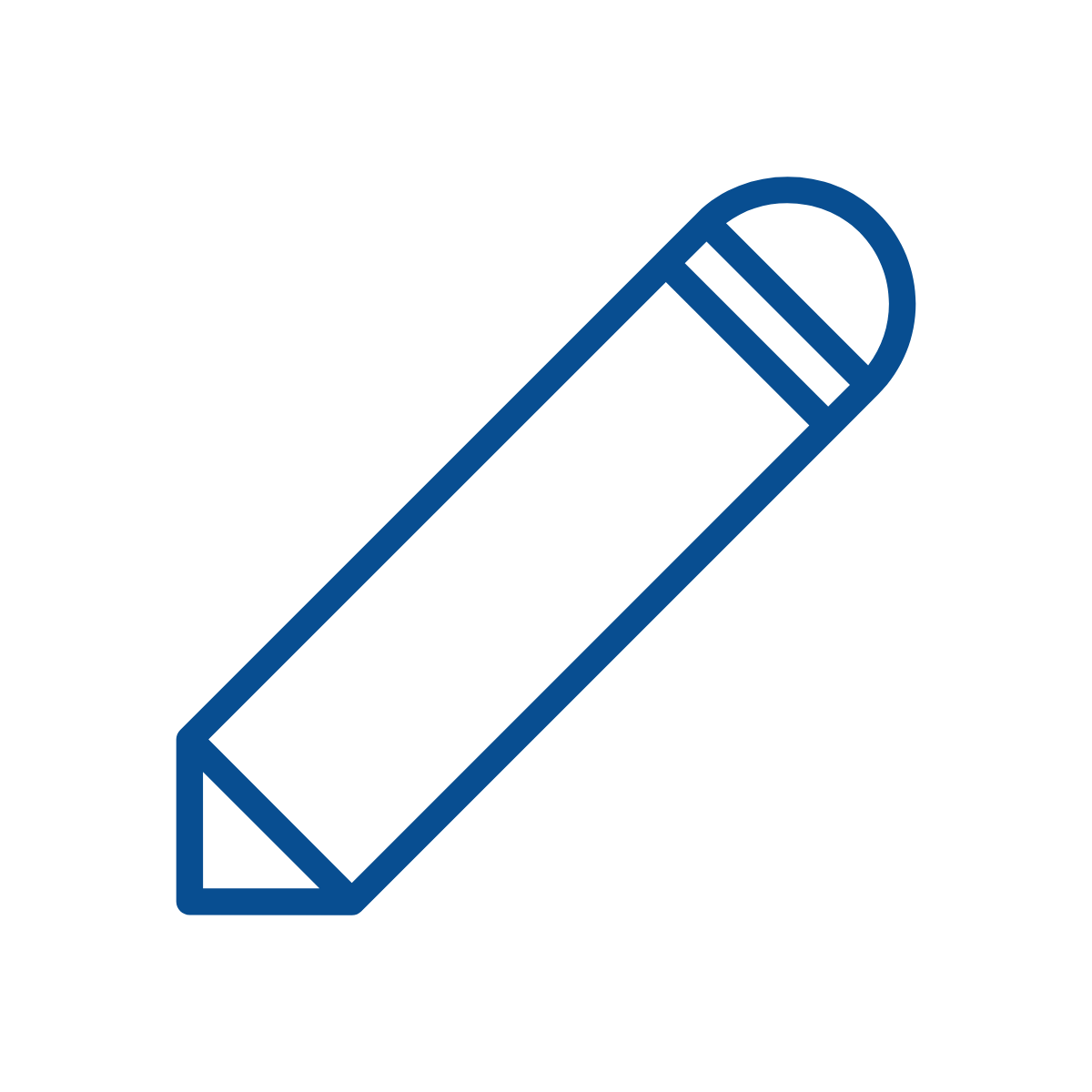-
Partager cette page
Geotechnical engineering
Titulaire(s) du cours
Alessia Cuccurullo (Coordonnateur) et Pierre GERARDCrédits ECTS
5
Langue(s) d'enseignement
anglais
Contenu du cours
The course focuses on the mechanical behavior of geotechnical structures, with particular emphasis on the interactions between structures and the ground. It is divided into four main parts:
-
Pile and Raft Foundations: This section covers the design of pile and raft foundations based on laboratory and in-situ test results. Various applications are explored, including single piles, groups of piles, and compensated raft foundations.
-
Retaining Structures: Topics include stability analysis and the application of Rankine’s limit state theory. Different types of retaining structures are examined, such as gravity walls, sheet piles, anchors, and slurry walls.
-
Slope Stability: This part addresses the analysis of slope stability, focusing on both plane and rotational failure surfaces.
-
Ground Dewatering and Groundwater Control: Techniques and strategies for managing groundwater and dewatering are discussed.
Objectifs (et/ou acquis d'apprentissages spécifiques)
By the end of the course, the student will be able to:
- Explain the working principles of various foundation techniques and describe their advantages and disadvantages.
- Select the most appropriate foundation technique based on ground conditions, type, and level of loads to be supported.
- Design foundations according to Belgian recommendations.
- Calculate horizontal earth pressures acting on retaining structures.
- Explain the working principles of different retaining structure solutions.
- Choose the most suitable retaining structure based on ground conditions and building requirements.
- Design retaining structures while considering the various stability mechanisms involved.
- Describe the mechanisms of soil slope instability.
- Evaluate the stability of a soil slope and propose appropriate stabilization measures if necessary.
- Select a suitable dewatering technique based on ground conditions and construction specifications.
- Design an effective dewatering strategy.
Méthodes d'enseignement et activités d'apprentissages
Theoretical lectures and guided exercise sessions, including one session dedicated to using the software K-Réa for designing flexible retaining structures.
Références, bibliographie et lectures recommandées
Das B.M. (2007). Principles of Foundation Engineering, 6th Edition, Cengage Learning.
Das B.M. (2007b). Principles of Geotechnical Engineering, Thomson edition.
B. François. Soil Mechanics, BA3. ULB.
Support(s) de cours
- Université virtuelle
Contribution au profil d'enseignement
This teaching unit contributes to the following competences:
- In-depth knowledge and understanding of exact sciences with the specificity of their application to engineering
- In-depth knowledge and understanding of integrated structural design methods in the framework of a global design strategy.
- Ability to accurately report on research or design results in the form of a technical report or scientific paper.
- Skill in presenting and defending results in a scientifically sound manner, using contemporary communication tools, for both national and international professional or lay audiences.
- Capability to design (both conceptually and quantitatively) geotechnical structures by applying the fundamental concepts of soil mechanics.
Autres renseignements
Informations complémentaires
Participation in the computer session (exercises on K-Réa) and possible seminars with invited speakers is mandatory. Attendance is required, and the dates for these sessions will be provided by the instructor at the start of the course. Students who miss these sessions without a valid excuse might not be ineligible for evaluation. Students can only be exempted with a valid excuse which must be communicated to the instructors in a timely manner.
Contacts
Professors Alessia CUCCURULLO and Pierre GERARD are the coordinators of the course. Please contact them in case of questions related to the organization of the course.
Prof. Alessia CUCCURULLO, Solbosch campus, Building C, level 4, alessia.cuccurullo@ulb.be
Prof. Pierre GERARD, Solbosch campus, Building C, level 4, gerard.pierre@ulb.be
Campus
Solbosch
Evaluation
Méthode(s) d'évaluation
- Examen écrit
- Rapport écrit
Examen écrit
Rapport écrit
The evaluation includes:
- 1 written report on the computer session (use of software K-Réa) (i.e. design of retaining structures).
- 1 written exam on theoretical concepts (Theory). This is a closed-book exam.
- 1 written exam on practical exercises (Exercises). This is an open-book exam.
Construction de la note (en ce compris, la pondération des notes partielles)
The final mark is composed of:
- 1 written report on the computer session (software K-Réa) (10%)
- 1 written exam on theoretical concepts (Theory) and one written exam on practical exercises (Exercises) (90%).
Langue(s) d'évaluation
- anglais
